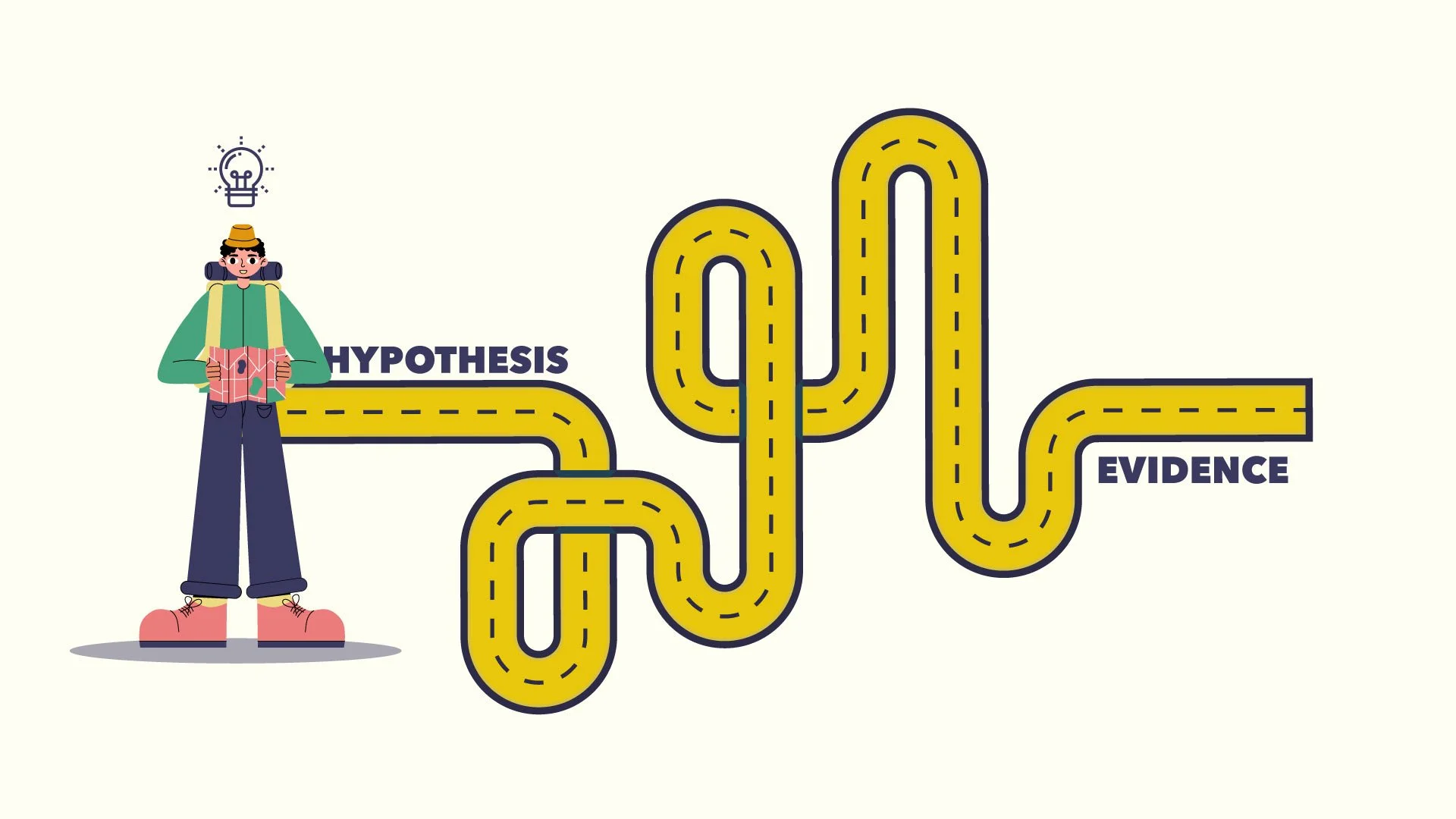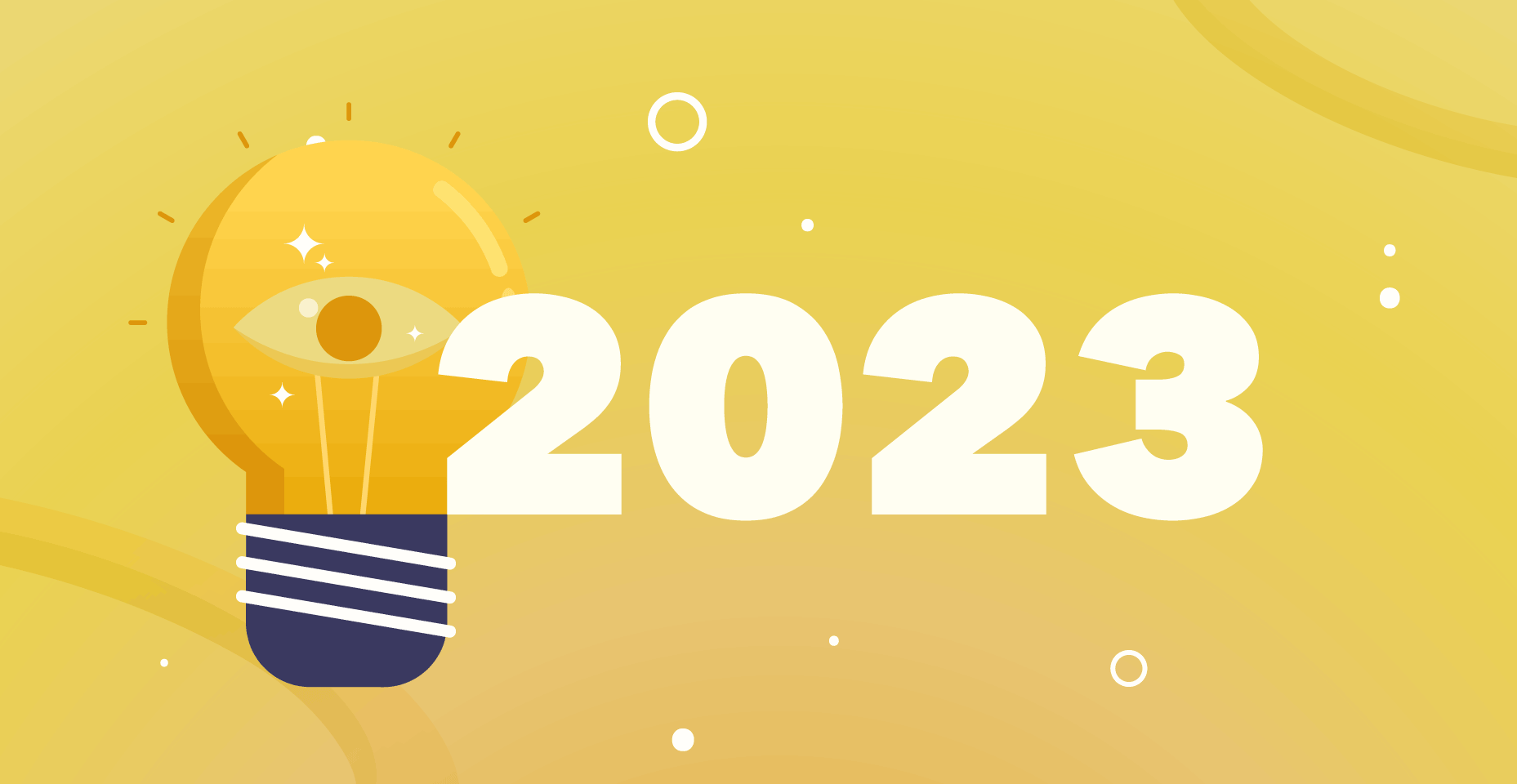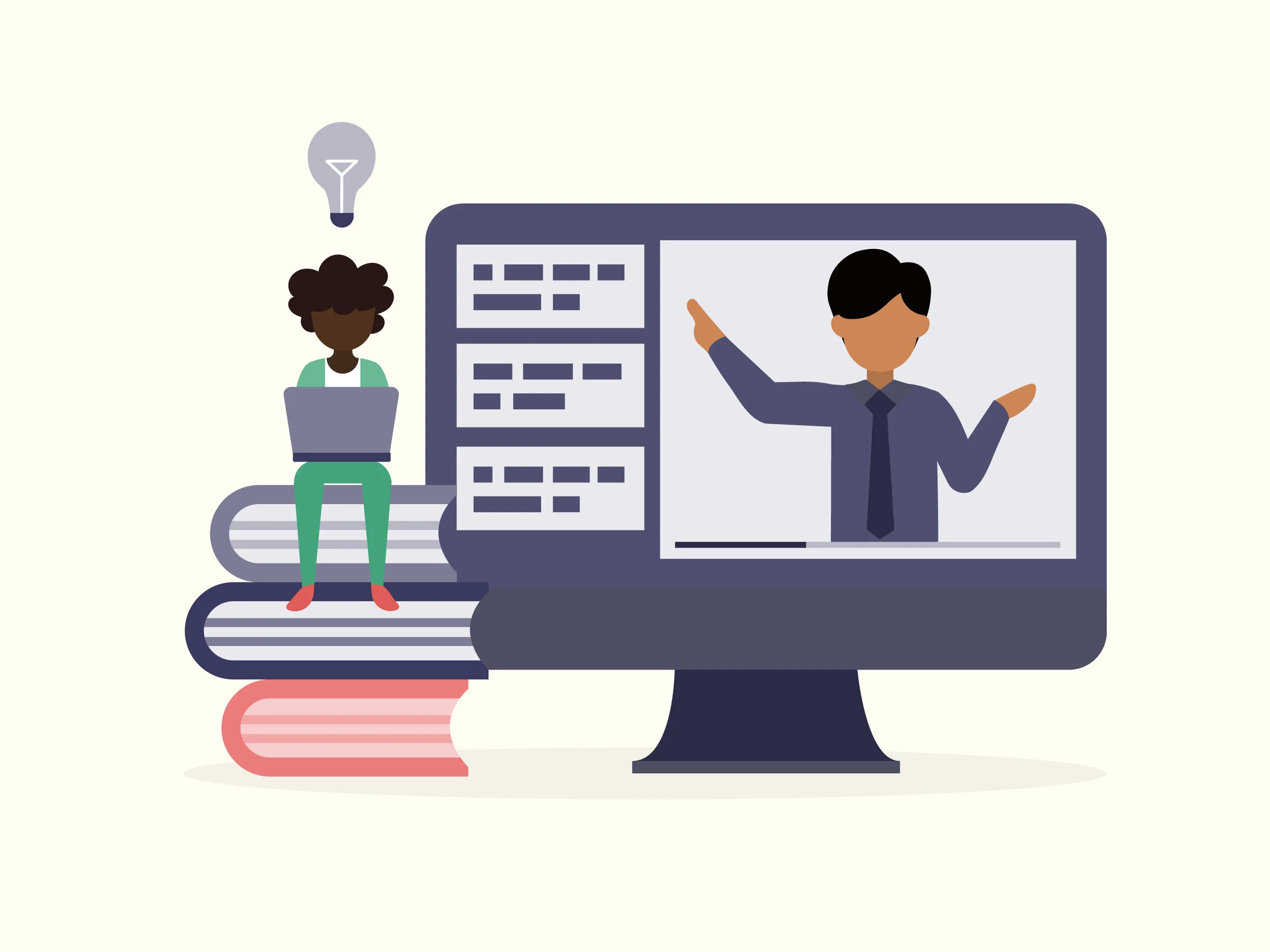NAME
John Walter
ROLE
Chief Development Officer
BIO
John comes to LEANLAB Education with experience as a classroom teacher and nonprofit leader. His professional interests include educational technology, media literacy, and project based learning.
John has most recently served as the Associate Director of Collegian Media Group at Kansas State University, a 501(C)3 nonprofit organization that publishes the K-State Collegian newspaper, Royal Purple yearbook, and Manhappenin’ magazine. Prior to that, John spent five years as a high school journalism teacher and student media adviser at a national model career academy campus.
John and his students have been recognized for their award winning work at the state and national levels. John holds a B.S. in Secondary Education from Kansas State University and a M.S. in Instructional Technology from Fort Hays State University.
WHY I GRAVITATE TOWARDS THIS WORK…
I gravitate towards this work because of how important it is to elevate the voices of students and teachers in decision making processes in education.
For me, it all started during my years as a high school student and my participation on the student newspaper and debate team. Almost all of my classes were taught in a traditional model where the teachers provided direct instruction and students were expected to take in the content. My journalism and debate classes on the other hand were the only places where I felt encouraged to pursue my own interests and use my voice to create and explore. Those classes were built on project based learning experiences that had real audiences and allowed me to flex my critical thinking skills in ways that none of my other classes provided.
When I chose to begin a career in education, I did so to provide a space for students to tell their own stories, create projects for real audiences, and lead their own classroom. Most of my high school journalism students had never been in class like mine, where I was an adviser, rather than a teacher, and students got to share the responsibility of decision making in the class. As my career progressed, I moved on to work at the university level helping college students gain real world experience using their voices to produce student media that informed the greater campus community on important issues and preserve the first draft of campus history during unprecedented times.
I’ve always been interested in how new technologies can help transform education so I jumped at the opportunity to join Leanlab Education. I understand how critical it is to incorporate the voice and insights of students and teachers into the development of new educational technology products. Working with Leanlab allows me to expand the impact that I have on education in ways that I believe can truly transform education for the better. It’s an opportunity to explore bold new ideas and reimagine a better future for students and teachers..
FUN FACT
I’m a huge fan of live music and spicy food!



























